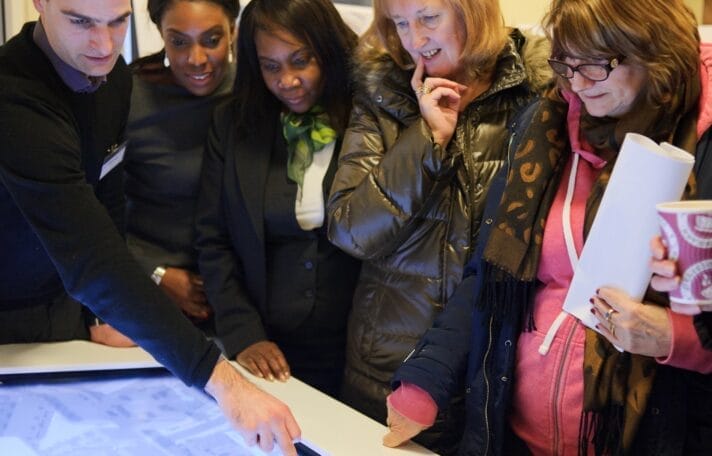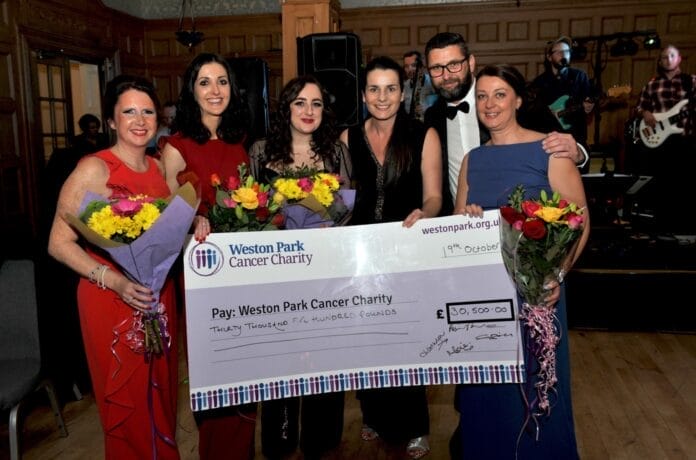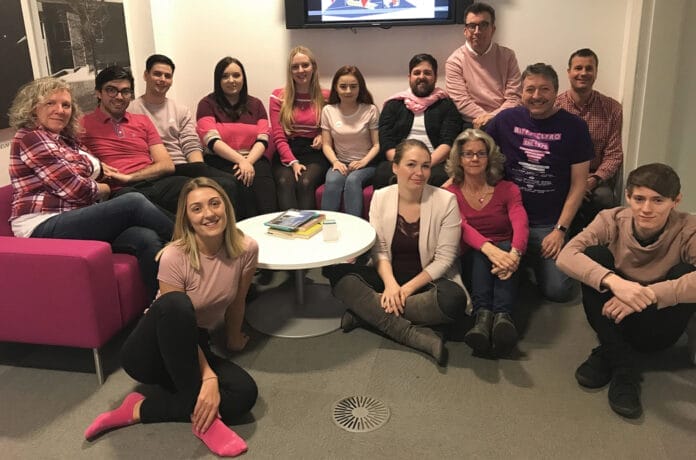Overview
Embedding social value in every aspect of design
Social value is not a new concept. Traditionally sustainability has three core principles: economic, environmental, and social. Equal consideration of, and a balance of impacts between, all three principles creates the holistic, and much sought after, sustainable development concept. However, as the sustainability concept has evolved, the economic and environmental principles have often taken precedence over the social principle. One possible reason for this is they are quantifiable and therefore can be tangibly demonstrated. The social, or people principle has always been more ambiguous, and only demonstratable qualitatively.
The creation, identification, quantification, and articulation of social value is one way to rebalance the inequality that exists within the sustainability sphere. Social value has many definitions, but a common grounding is the positive impact a change (such as a building) has on a person, a community, or society. For HLM Architects, this is about designing and creating places and spaces for people that are inclusive, safe, vibrant, and prosperous, meeting their basic human needs and exceeding them.
Ultimately, as architects, we design and create places, spaces, and buildings for people and communities. For these to be socially successful as well as technically successful, social value must be embedded and be at the heart of every aspect of the design.

For HLM Architects, creating a design that has social value and people at its heart is commonplace and is evident from our core values:
- Creativity – looking to deliver innovative, high-quality solutions that respond to building user needs;
- Commitment – committed to going the extra mile for clients, often giving them more than they thought possible;
- Transparency – thoughtful and open, listening to and sharing ideas with clients to gain deeper insights;
- Expertise – emphasise learning through research and development to be experts in the field and to enhance future projects.
To demonstrate HLM Architect’s commitment to people-centered Architecture, the Thoughtful Design Toolkit has been created. The suite of three digital tools helps to ensure that emerging projects are meeting a range of stakeholder’s needs, with a focus on delivering a design that enhances the health and wellbeing of end-users. The tools are designed to cover the RIBA (Royal Institute of British Architects) stages 0 – 7, from inception of a project to the completion and post-occupancy.
Our Insight tool is used during RIBA stages 0 – 2 and focuses on ensuring building user’s spatial, environmental, and wellbeing preferences are defined into the brief. The Healthcheck tool is used during RIBA stages 2 – 4 and measures the environmental success of the design against the brief and best practice criteria. The final tool, Impact, is used during RIBA stage 7 to measure the success of design in operation using Post-Occupancy Evaluation (PDE-5) techniques.
Thoughtful Design Toolkit
The Thoughtful Design Toolkit helps us demonstrate how the social value of HLM Architect’s projects can be measured, and thus addresses the third principle of sustainability, the social.
Reporting on the social value of a project is not a time consuming, complex task. Using the Thoughtful Design Toolkit enables us to clearly see the impacts that the environment is having on people. These tools address the economic, environmental, and social values of projects not only its technical success but the social success, demonstrating a holistic and thoughtful approach to design.
To find out more, watch our Thoughtful Design Toolkit film and download our brochure.
Social Mobility
Providing access to opportunities to develop new skills
We’re passionate about providing equal opportunities for everyone to succeed irrespective of their background. Through our work with schools across the UK we raise aspirations and remove barriers to those from disadvantaged areas and support everyone to reach their full potential. Last year, 55% of our staff were involved in our out-reach programmes. We are active participants and supporters of Founder4Schools which connects teachers with local businesses to improve the employability of their students and Ambassadors for Developing the Young Workforce. We hold careers fairs and mock interviews with students; run week long structured programmes and taster days for school placement pupils; arrange site visits for local schools, and we’re involved in tutoring and mentoring initiatives with schools, colleges and through our professional institutes. We’re proud to have been part of the Trailblazer Group which developed two new Architectural Apprenticeship Standards, providing a more accessible route of entry to our profession and employ a number of Apprentices each year.
Social Wellbeing
Recognising the individual needs and preferences of our stakeholders
We care about the wellbeing of our employees and those impacted by the places and spaces we create. We aim to understand individual needs and create an environment which is supportive, nurturing and inclusive. Through our Well-Beings Programme and appointed Mental Health First Aider we run campaigns, workshops and an extensive Employee Assistance Programme to support individuals across our studios. The wellbeing of users of the buildings and communities we design is also critical to us. We’ve developed HLM_Insight and HLM_Healthcheck; digital tools to determine stakeholder preferences against both physiological and psychological wellbeing criteria, enabling us to prioritise and evaluate key design decisions against those needs. Our Post Occupancy Evaluations monitor the impact and success of our design in operation helping us to continuously learn and improve our approach.



Social Communities
Supporting and empowering our local community
We’re proud of our work with local communities and the deep and strong relationships we have developed with the voluntary sector. Each year we empower our employees to donate both time and money to local projects and groups, from youth centres to keeping green spaces clean. We run community engagement and supply chain programmes and have established numerous community interface groups. We aim to create healthier, safer and more resilient communities by designing to reduce crime and build stronger networks. We fundraise and support local charities that mean the most to our team. Our annual Charity Construction Balls have raised over £250,000 to date and across our studios we bake, run, sleep out, dance off, cycle, swim channels, wear pink and hold coffee mornings.


Social Sustainability
Making a positive impact on the world we leave for future generations
We’re committed to taking proper account of the nature and scale of the impact of our activities on the natural environment, and promote the sustainable and ethical procurement of third party products and services. We’re accredited to ISO14001:2015 with a comprehensive Environmental Management System and Sustainability Support Group which guides our approach. Our environmental performance is monitored against annual objectives to reduce climate impact, by reducing pollution, increasing sustainable travel, reducing waste and carefully managing our resources. We create cleaner and greener places for people to live and work and apply a robust sustainable design methodology to all of our projects, in collaboration with our partners HLMGreenbuild.